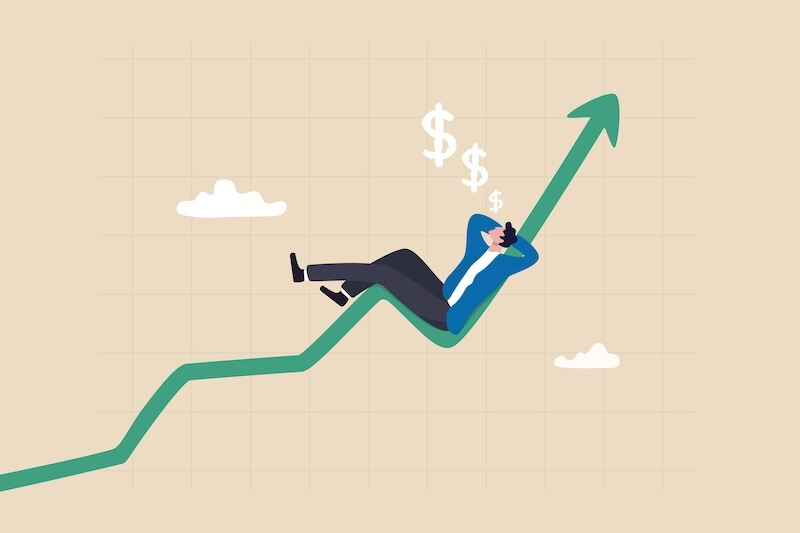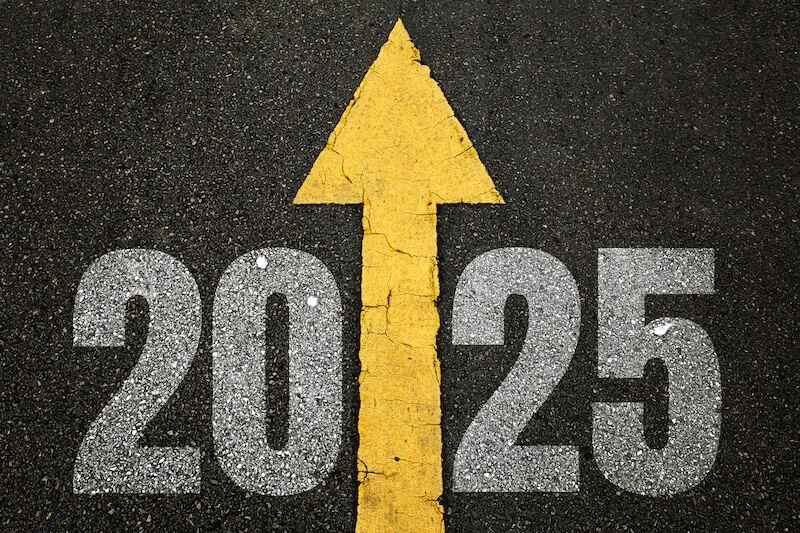Earlier this year, one legendary trader captured a 1,129% win in just two days… LIVE in front of thousands of Americans.
Now, he’s revealing a new AI-powered scanner that is helping him discover explosive trade setups faster than ever.
It’s built on a little-known trading strategy that beat the market by 1,700% to start the year.
Click here to see how >>>
– Nicole Labra, Senior Managing Editor
The Federal Reserve is in full monetary easing mode. Yet borrowing for most consumers is becoming more – not less – expensive.
What gives?
After all, the point of monetary easing – which involves the Fed cutting its benchmark Federal Funds rate – is to make borrowing cheaper. In turn, Americans will go out and buy houses and cars and other major purchases that need to be financed through loans, and use their credit cards for smaller purchases.
The Fed is not easing in reaction to a contracting economy or to put a floor under a falling stock market (as it has done many times). This time around it is merely trying to prolong the expansion of a healthy but slowing economy and keep the two-year old bull market going.
That’s why the Fed has cut its target rate by 0.75 percentage points since September, with the promise of many more rate cuts over the next year.
Yet take a look at what mortgage rates have done in recent months…
As for auto loan rates… They haven’t changed much since the Fed started cutting back in September.
From May to October, the average annual rate on a new car loan fell only 0.3 percentage points from 7.3% to 7%. The rate on a used car loan fell about the same, from 11.5% to 11.1% (these rates are highly dependent on the length of the loan and the credit score of the borrower).
Those rates are much higher than in recent years.
For most of the last decade, new car loans (for a 5-year loan) were just above 4%. And used car loan rates remain 5 to 6 percentage points higher than just a few years ago
As for credit cards, the national average APR on them in early November was just over 20%, and it hasn’t come down much at all in recent months. Over much of the past decade, that rate was closer to 14%.
A Different Rate
So why isn’t the seemingly all-powerful Federal Reserve able to move these borrowing rates lower?
Well, there are several factors at work (and working against consumers) – a few of which could cause trouble for the Fed, consumers, and the economy.
As for credit cards, their rates are tied to the so-called “prime rate,” which banks use as a basis to set rates for loans, lines of credit, and credit cards. The prime rate is generally 3 percentage points higher than the Fed Funds rate. The prime rate right now is about 7.75%.
Banks then tack on a markup to determine your credit card rate. And that markup can be very large because credit card debt is unsecured – not backed by collateral like a house – and delinquency rates on credit card loans tend to be high. So the bank is taking a lot of risk issuing that credit.
Bond Vigilantes
As for mortgage and auto loan rates, they don’t really track the federal funds rate, at least not in the short term. Instead, they tend to track intermediate- and longer-term bond yields like the 5-year and 10-year treasury yields.
And those yields have been rising since mid-September, even as the Fed was busy cutting its target rate.
Why? Well, one big reason is the reemergence of the so-called bond vigilantes. These are bond market investors who protest fiscal and monetary policies they don’t like by selling off bonds and driving yields higher.
And with president-elect Donald Trump promising fiscal policies that could overstimulate the economy and drive government spending and budget deficits higher, they’re dumping government bonds en masse, driving their prices down and their yields up.

Of course, Mr. Trump is also promising a new commission, co-headed by tech billionaire Elon Musk, to radically cut government spending and increase efficiency.
Yet such commissions have been established in Washington D.C. many times in recent decades, often with little or no effect. So the bond market doesn’t yet believe that this new commission can effectively prevent huge new additions to government debt and the massive bond issuances that will be needed to fund them.
Until we get some credibility from the new administration about curbing the potential massive government borrowing, borrowing rates for consumers may remain elevated.
Credit: Source link












